
(Gerry Furth-Sides) The recent thoughtful Madeira Wine Experience event created to update the perception of historic Madeira, turned out to be full of surprises. Madeira is already legendary as an after-dinner digestif. That is because it is aged through cycles of heating and cooling which develops flavors of roasted nuts, caramel, peach, and orange peel. The news: that the fortified wine enhances modern cocktails and pairs beautifully as much with contemporary dishes of wildly different cuisines.

Madeira fortified wine is made from a blend of several grapes, including Malvasia, Tinta Negra Mole, and Sercial varieties. See their photos below.

We saw on the map the Portuguese island, Madeira, where the wine originated, is actually closer to Africa than Portugal. And were reminded that Madeira was such a favorite of Thomas Jefferson and other founding fathers in the United States, it as used to toast the Declaration of Independence in 1776.

The original aging process of Madeira involved taking it on ship voyages. During the voyage it would go through many heating and cooling cycles, giving the wine its unique flavor. The modern process, known as estufagem,” ages the wine in oak casks while cycling it through temperatures exceeding 100 degrees Fahrenheit before being cooled down again. It also helps make the wine more resilient to heat and light conditions. For example, Madeira can be stored standing up and the bottle opened and closed over time without damage to the wine!
For the story on the history of Madeira, and the unique island of Madeira, renowned as “a small, beautiful rock in the middle of the Atlantic Ocean, “please see ivbam@madeira.gov.pt, //vinhomadeira.com, @vinhomadeirawine.

Eugénio Jardem led us through the tasting to experience Madeira’s distinct baked bouquet characterization. The wines and menu are below.
Our Wine and Food Pairing



Sesame at the Madeira wine experience 2023

Madeira is historic. Wine production dates back almost to the time of the island’s discovery in 1419. The first grape varieties were introduced were imported from the Greek island of Crete. Later, other varieties were introduced, such as Tinta Negra , Serial , Boal , Verdelho and malvasia. The last four produce wines of superior quality, depending on the climatic conditions and soil composition.

Wine production was stimulated by the need to supply ships on the Atlantic routes to the New World and India, and by the presence of the English on the island, which made the wine known throughout Europe and America.



The variety of microclimates makes the island unique. So does the Atlantic influence, which creates a moderate climate in the north and a moderate, dry subtropical climate with tropical winds on the south. Add to this the high central mountain range with varying microclimates (every 100mt up the mountain, the temperature drops 1°C); hot summers, mild winters and high humidity.

Finally, we learned from our own research that the popular phrase, “Have Some Madeira, m’dear” did not originate as a centuries old folksong or as a British folk tune. It was written to be sung by a “rake” on a skit ne written in 1977 for an American TV show. And the scene played out it definitely has Tom Jones overtones and fits the amber hued drink perfectly.
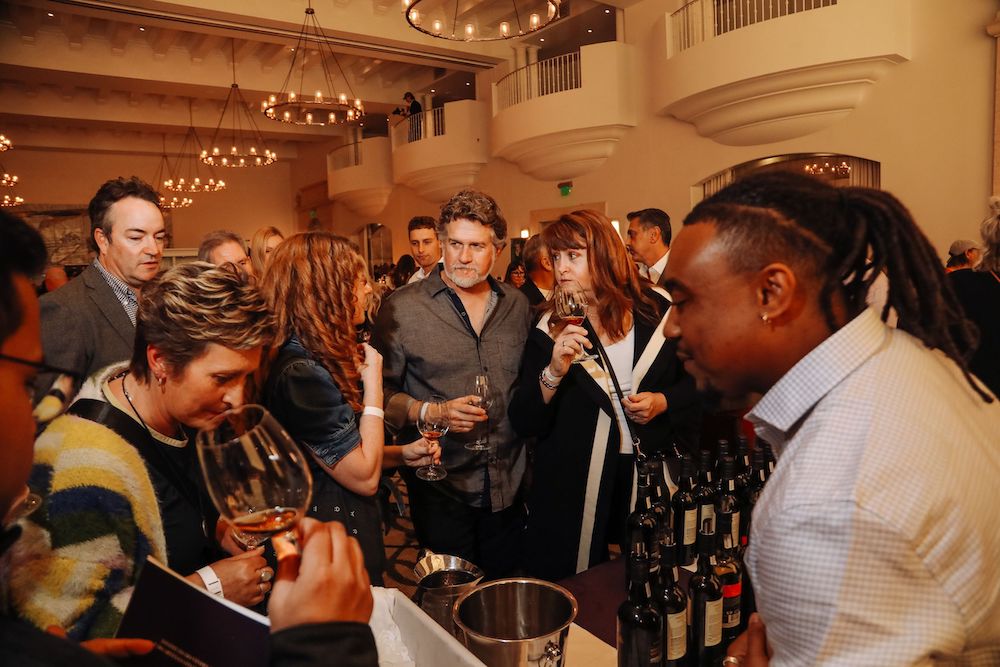










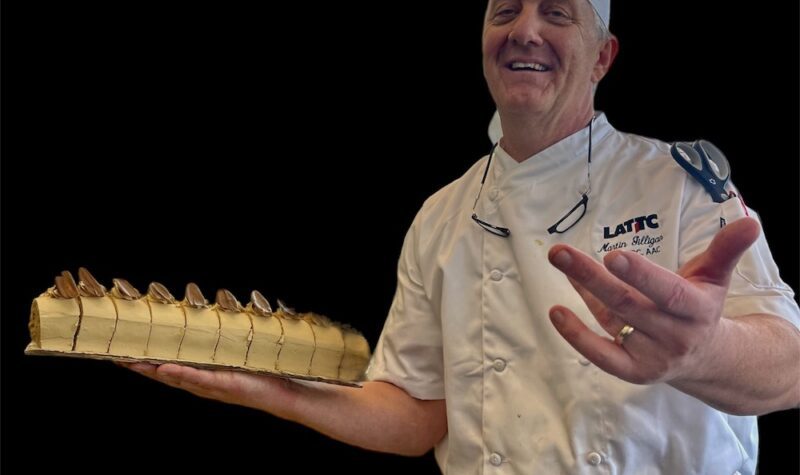
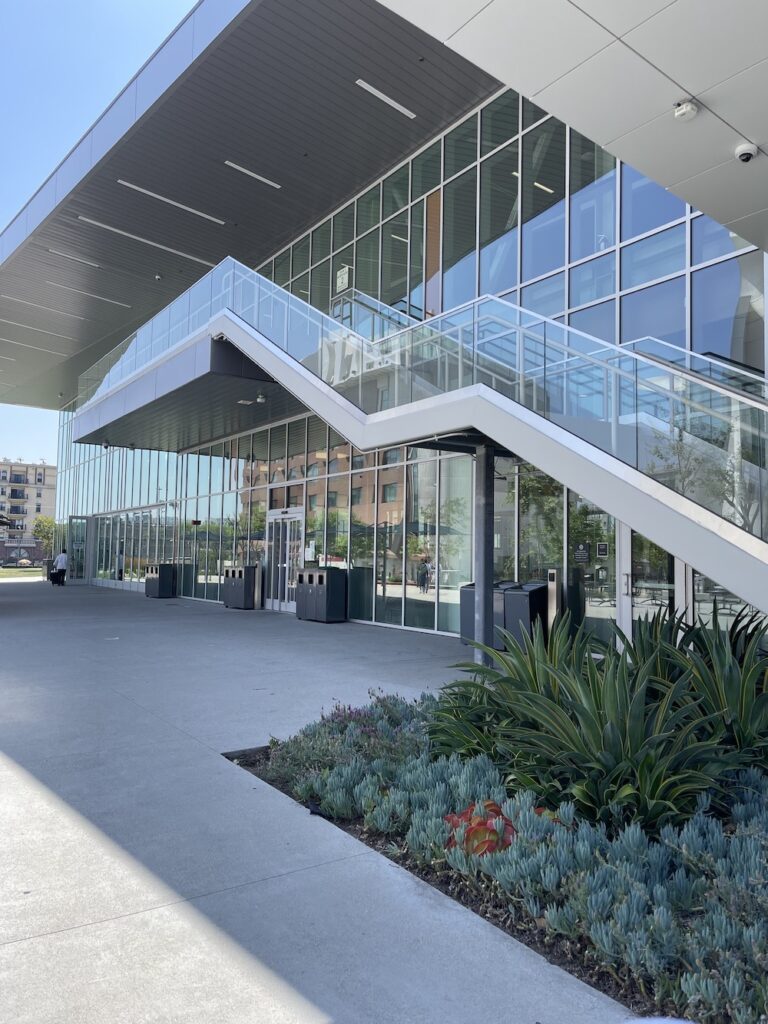





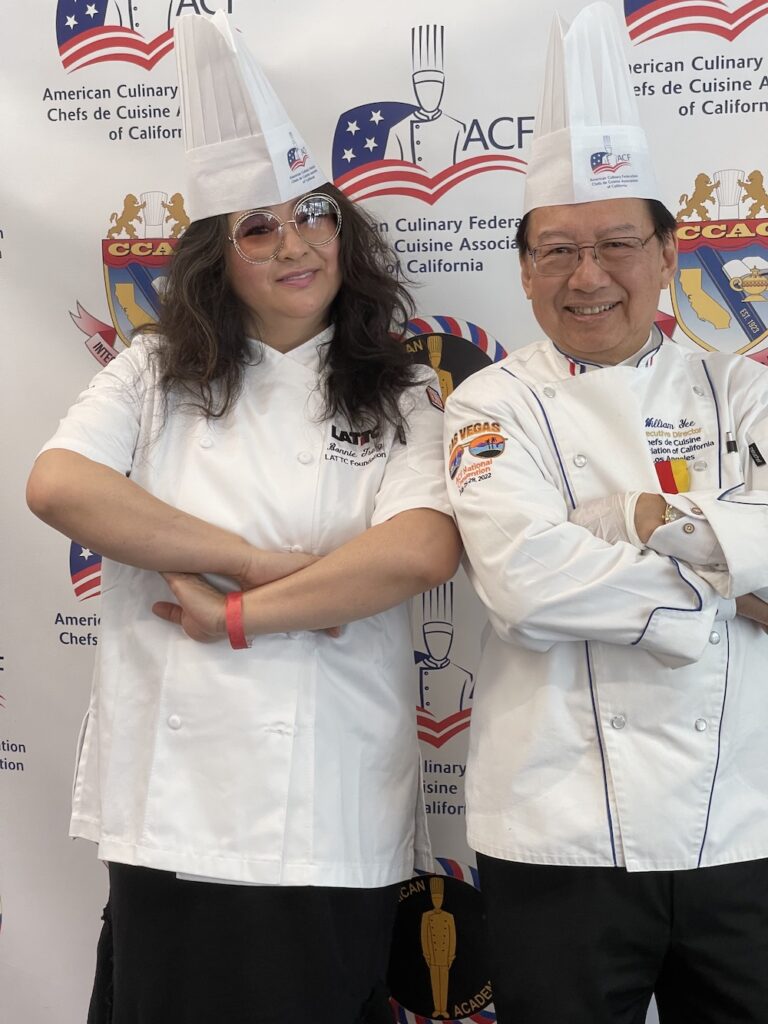







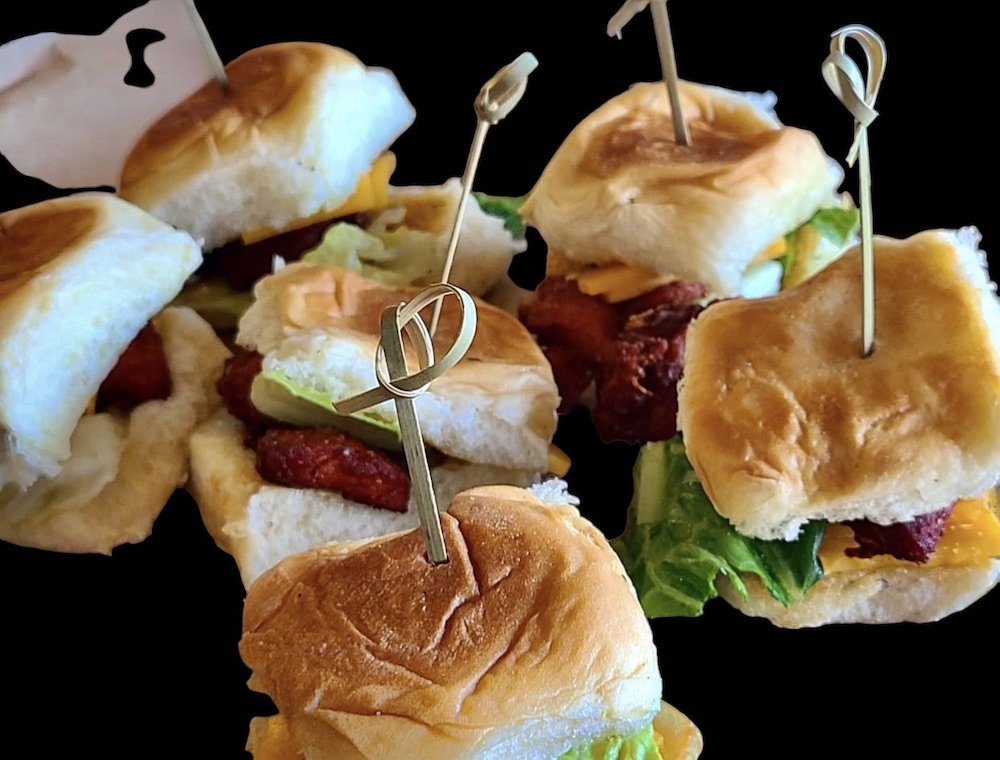





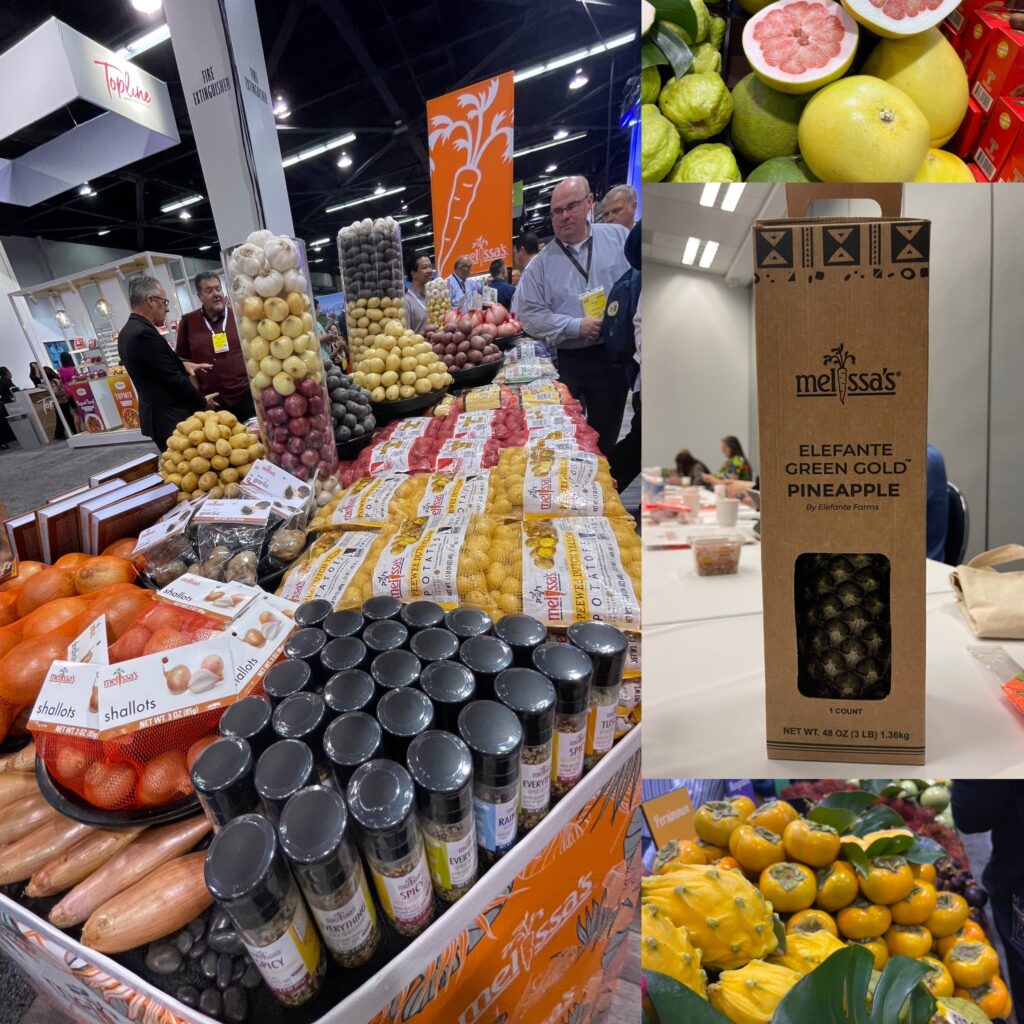









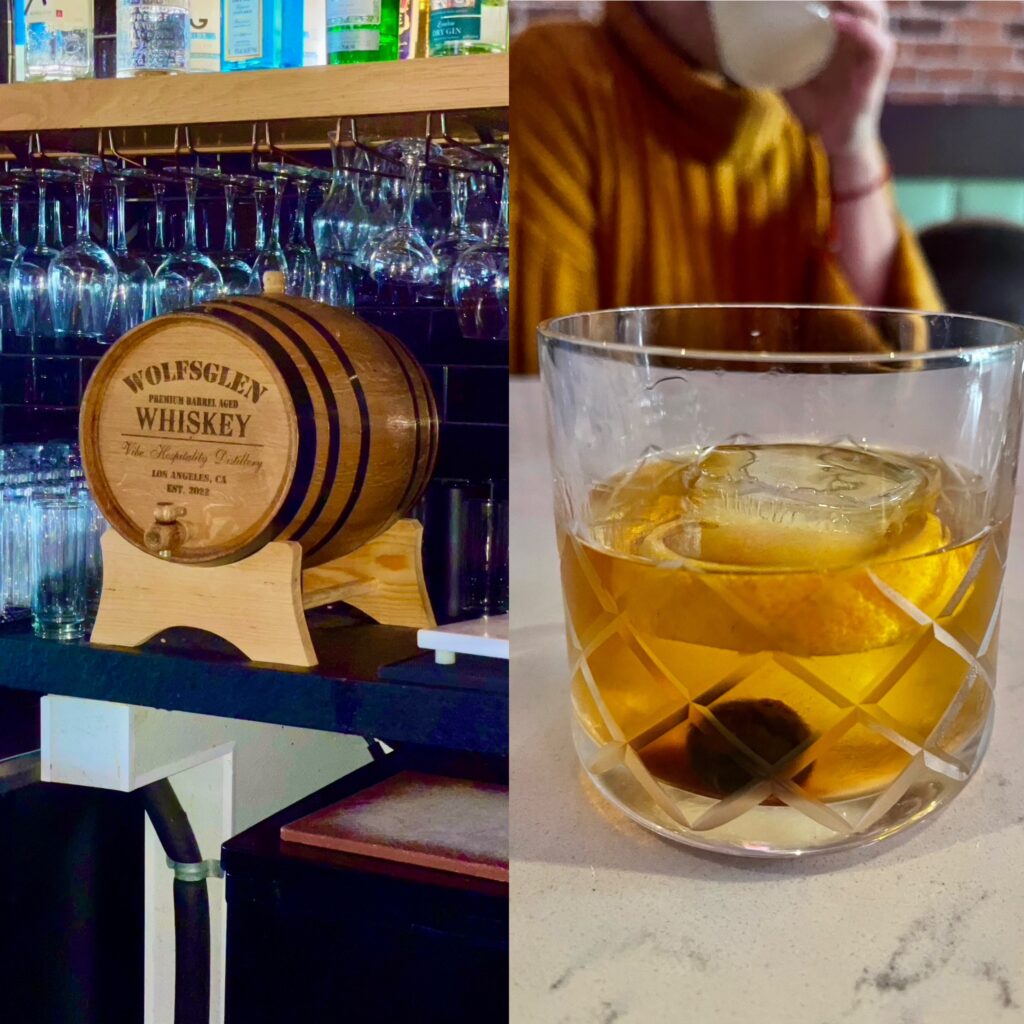







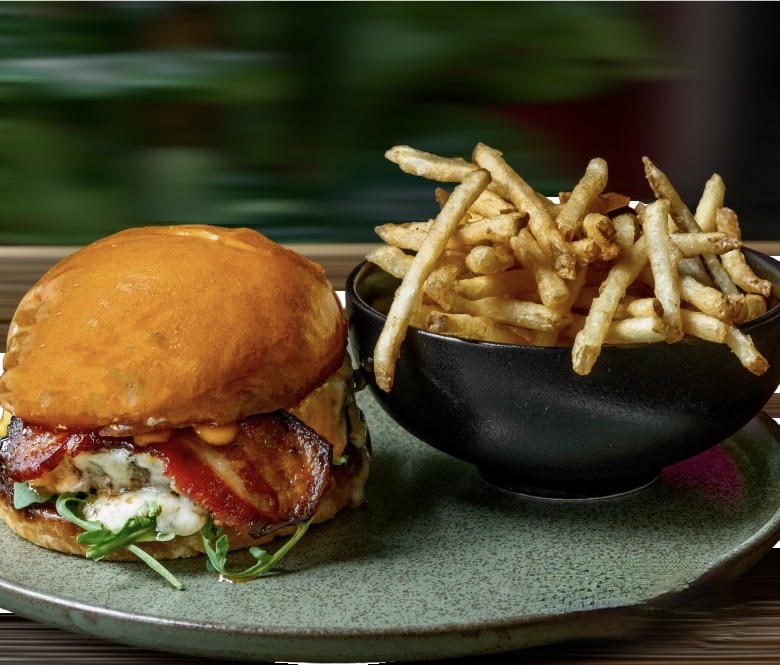













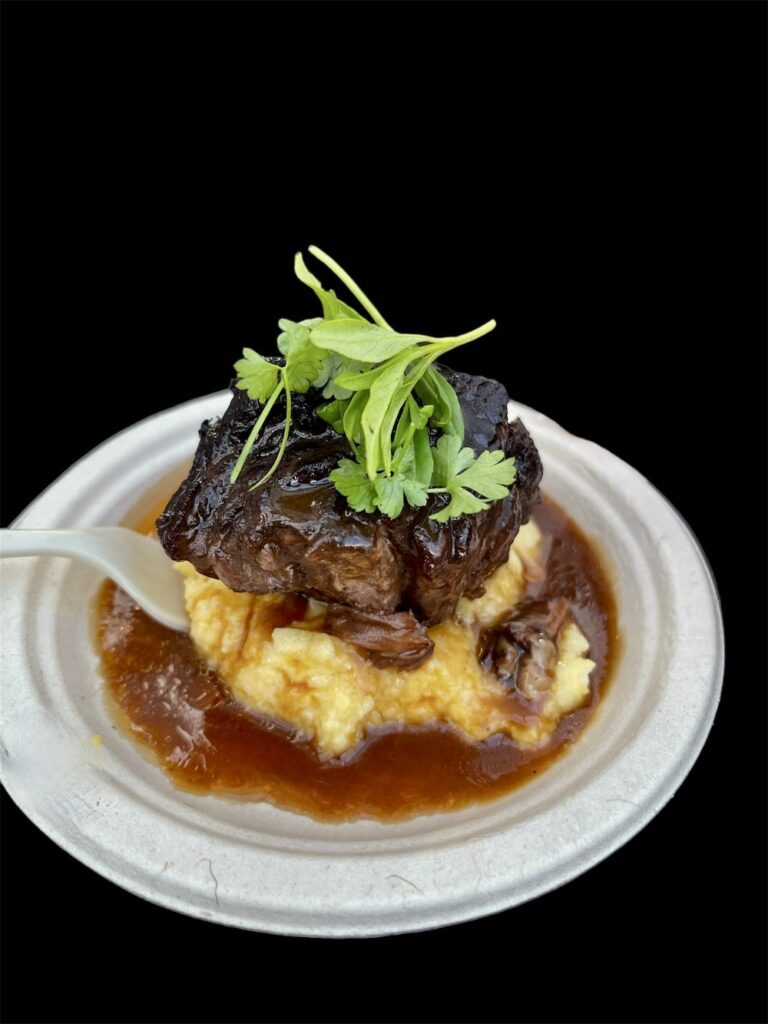


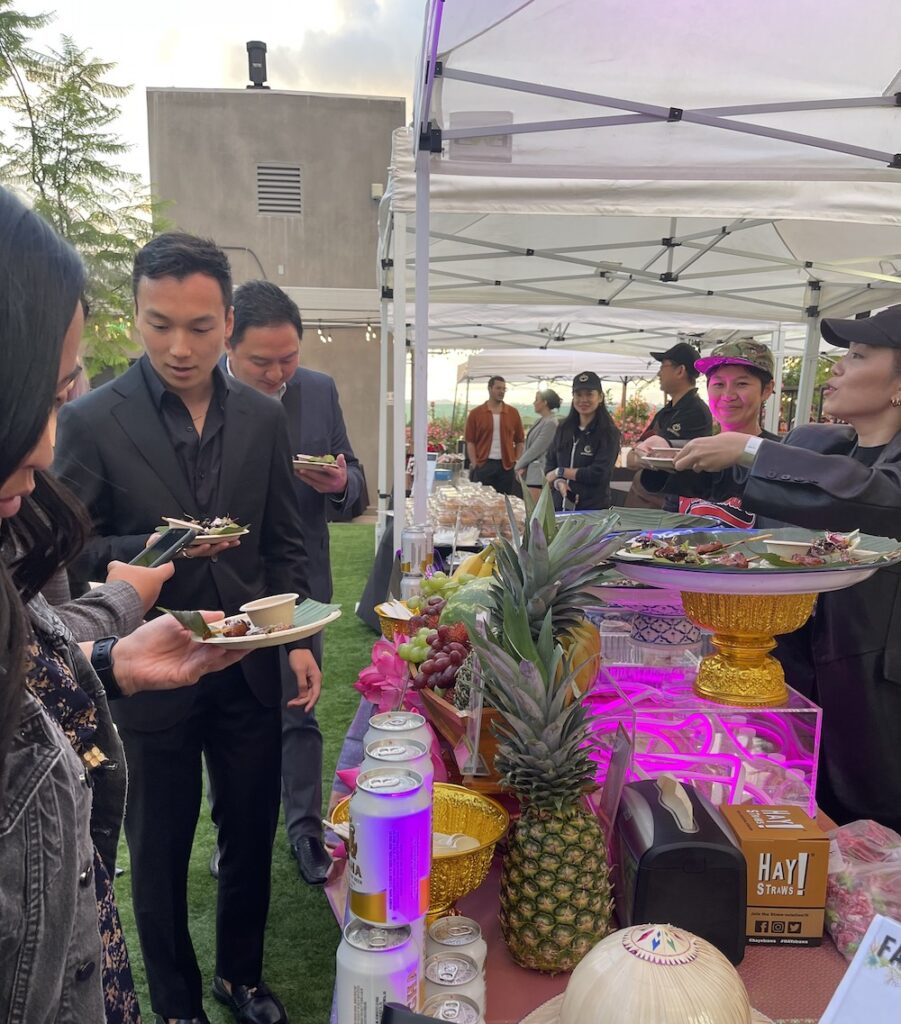





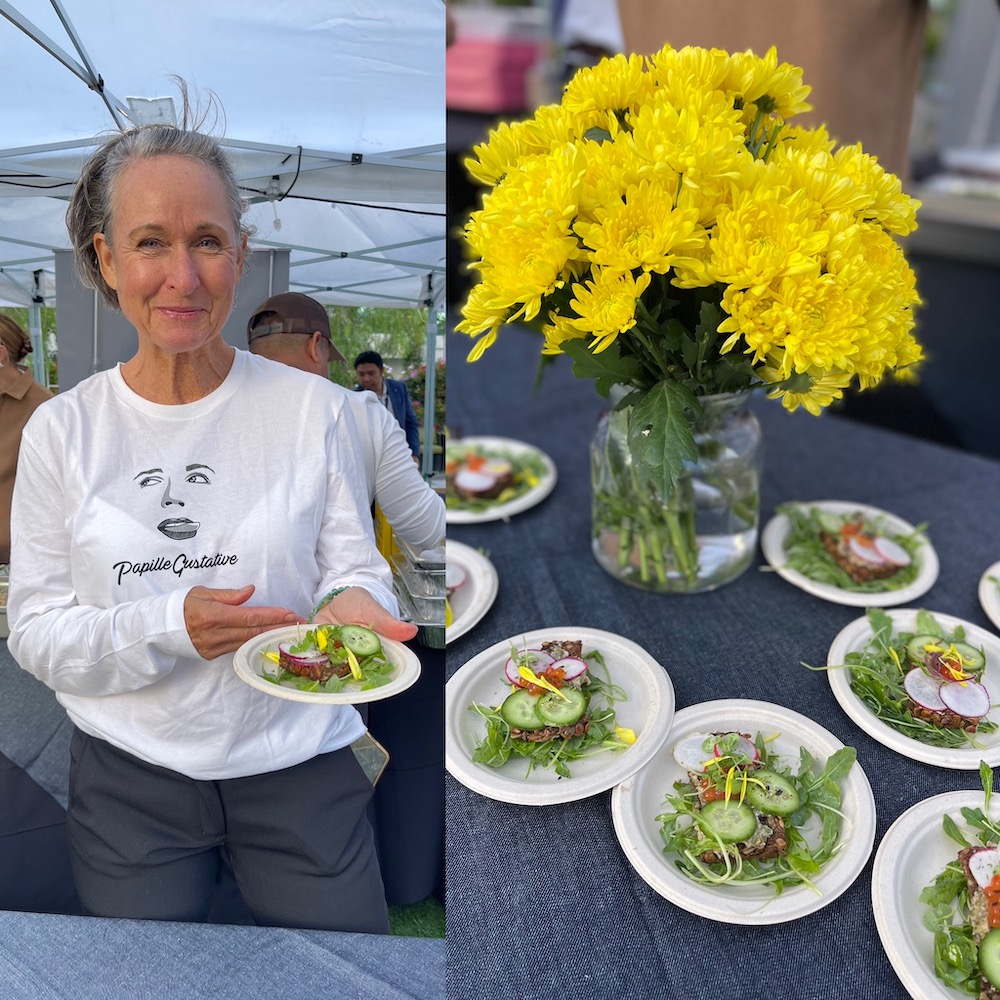









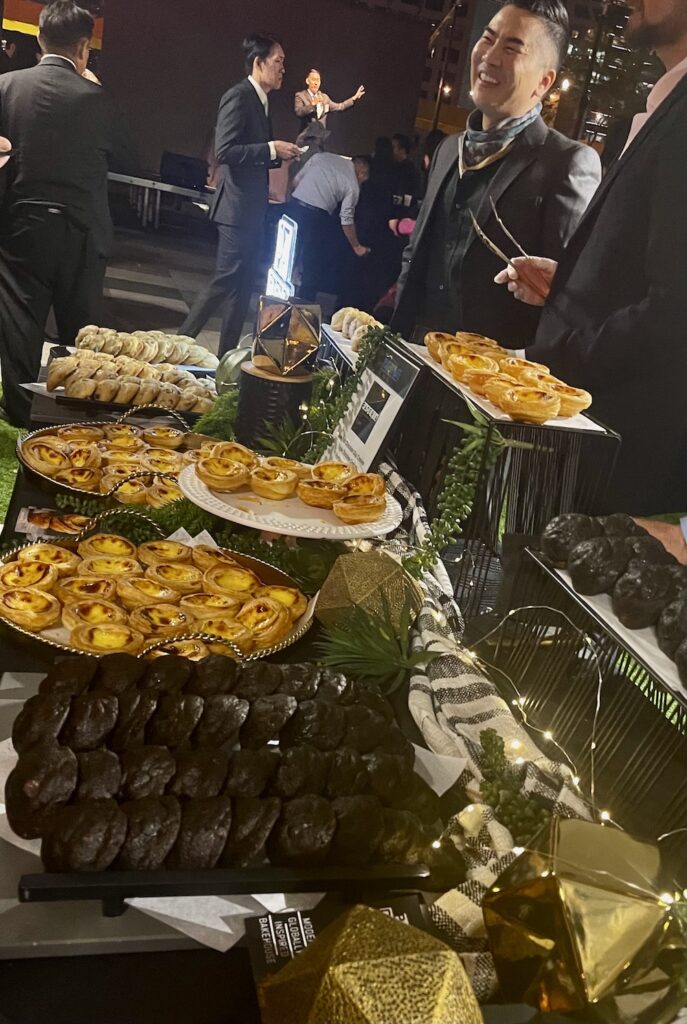






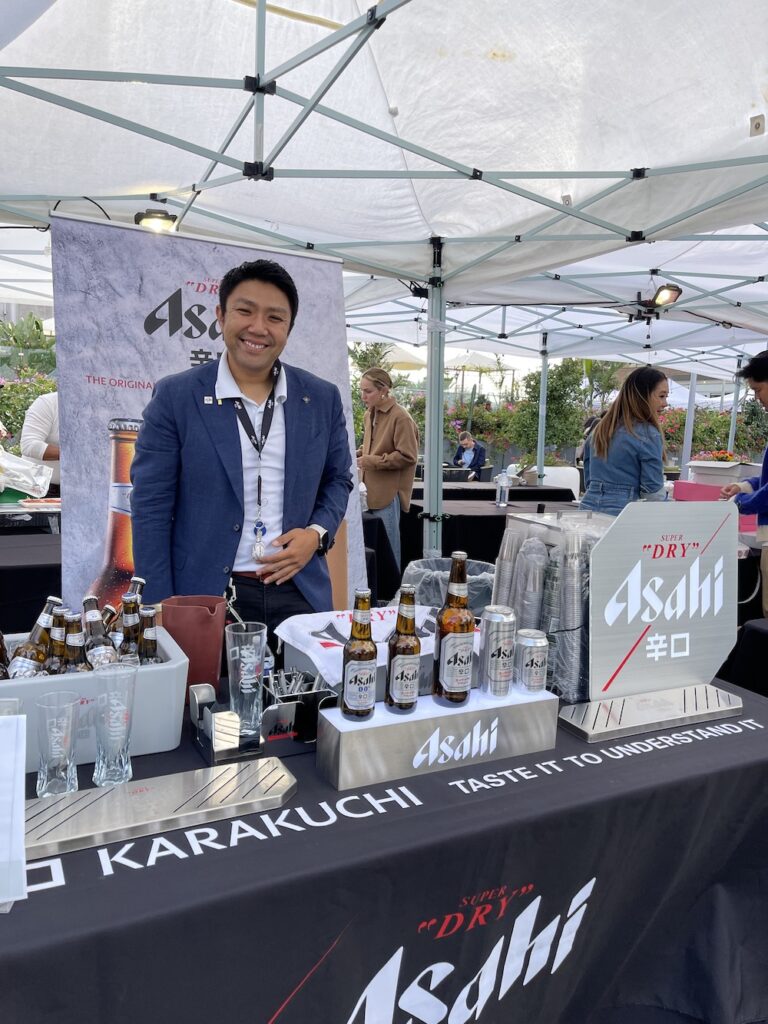



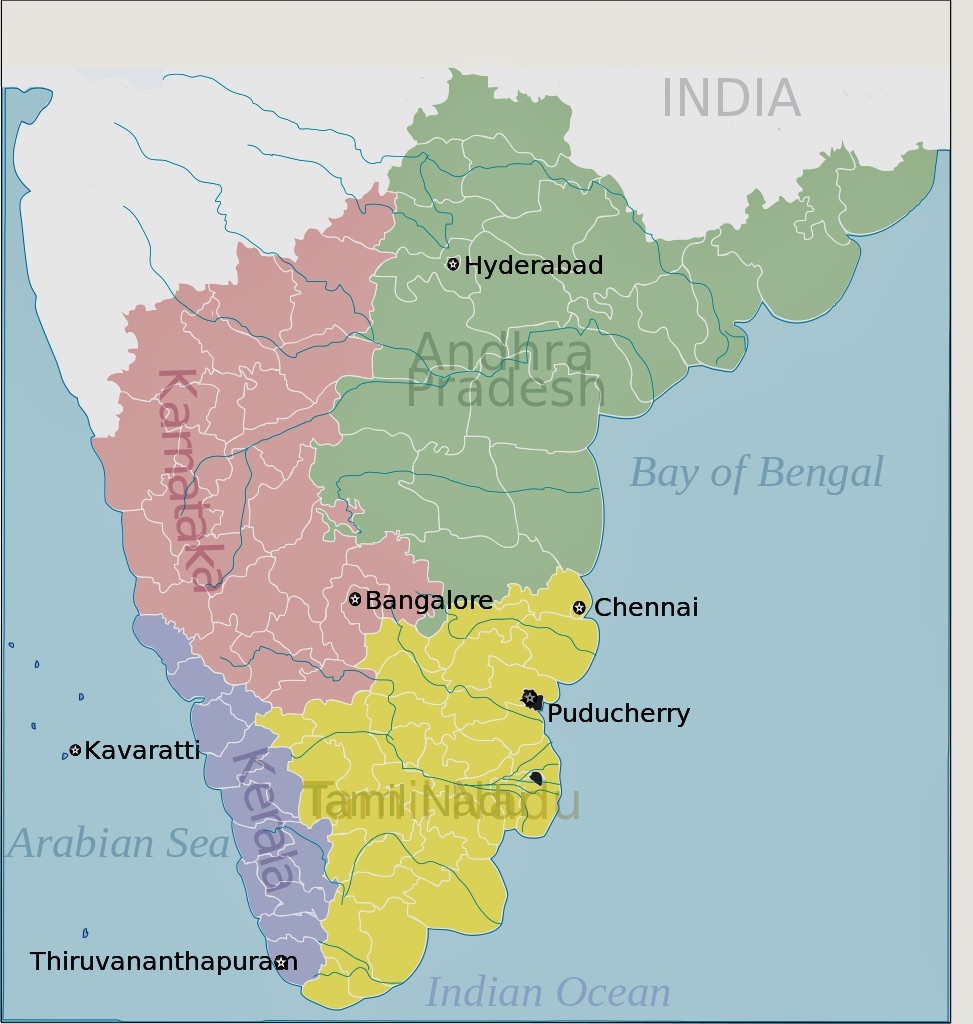


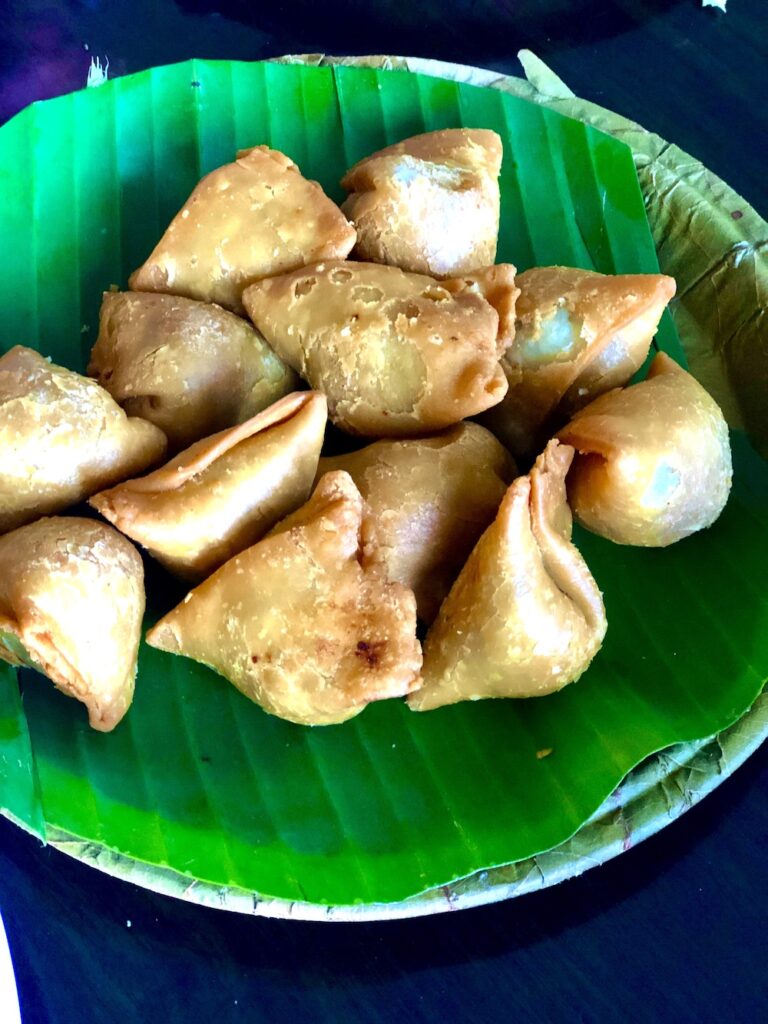









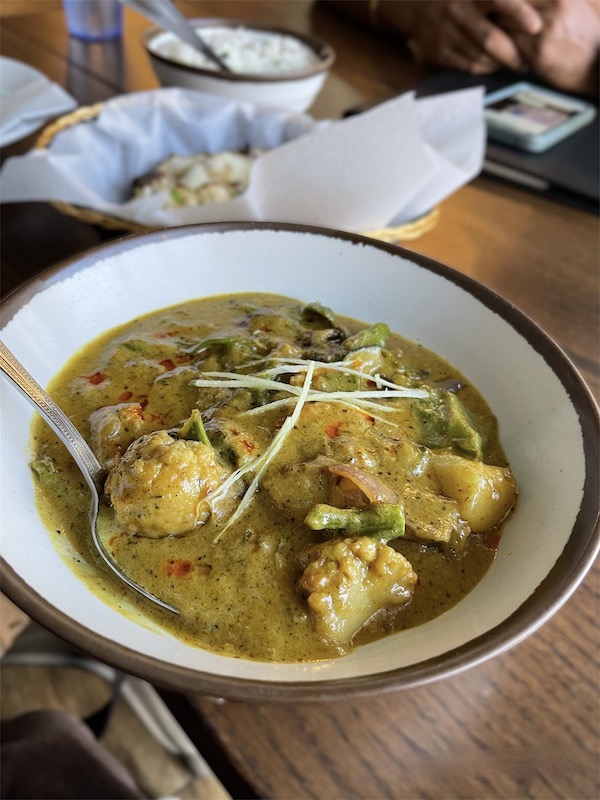

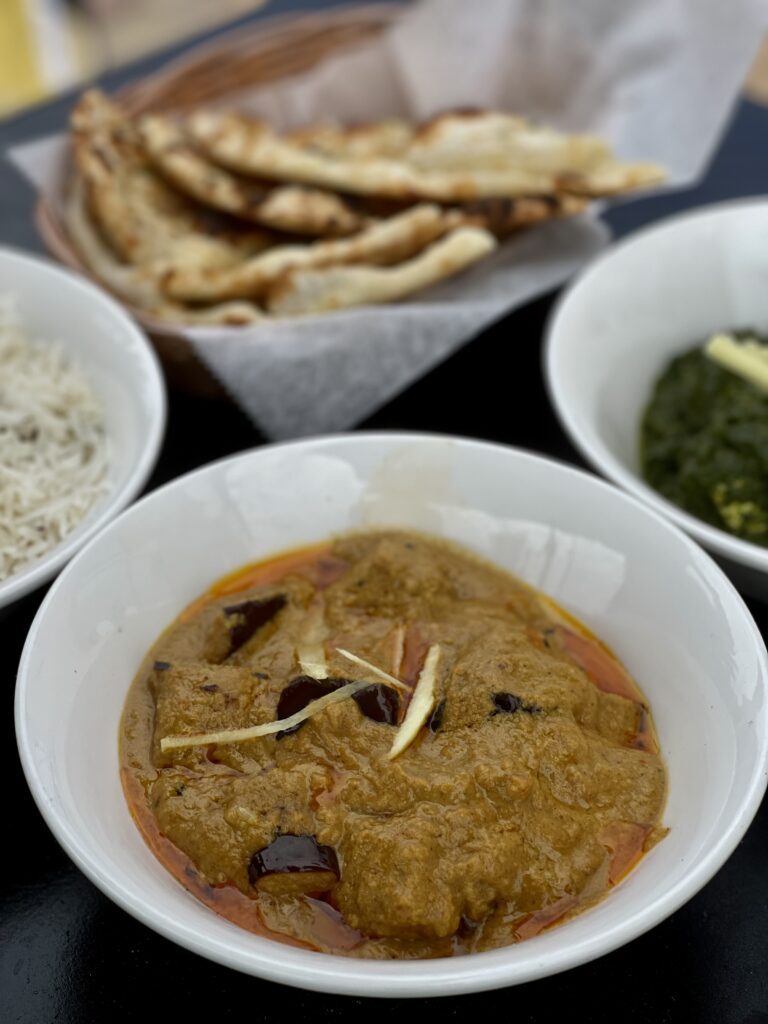





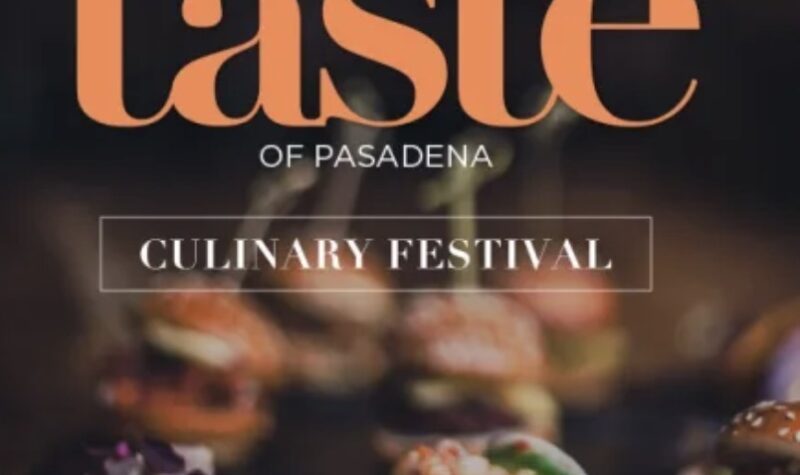








 Gerry Furth-Sides
Gerry Furth-Sides  Barbara Hansen
Barbara Hansen  Chef-owner Alain Cohen
Chef-owner Alain Cohen  Roberta Deen
Roberta Deen  Jose Martinez
Jose Martinez  Nivedita Basu
Nivedita Basu